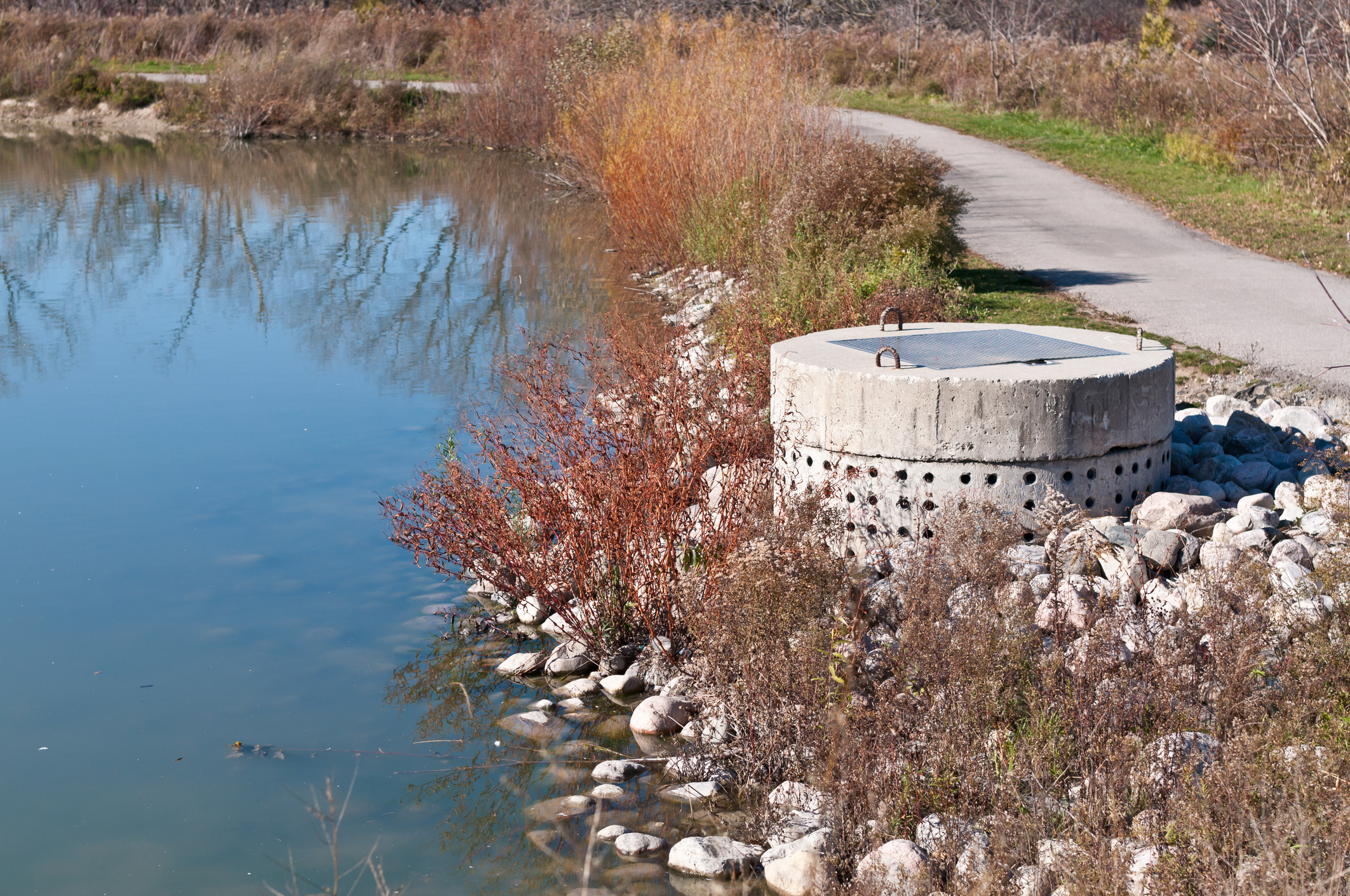Canada’s built, or ‘grey,’ infrastructure requires an estimated investment of $5.3 billion per year in order to keep pace with the effects of climate change. This comes as COVID-19 puts unprecedented strain on our economy. A new Greenbelt Foundation report suggests a way to address infrastructure needs and build climate resilience, while helping the economy recover.
Investing in the Future: The Economic Case for Natural Infrastructure in Ontario illustrates how by investing in natural areas, municipalities can save money, reduce reliance on expensive built infrastructure, mitigate the effects of extreme weather, and create much-needed jobs. The Greenbelt Foundation worked on this report with three Conservation Authorities to determine the return-on-investment of ecological restoration efforts in their jurisdictions: the Brock Lands, Saltfleet Conservation Area and Lake Scugog.
“Restoring the function of our natural assets will support economic recovery from the COVID-19 pandemic,” said Kathy Macpherson, vice president of research and policy at the Greenbelt Foundation. “Natural infrastructure projects create good jobs. According to a U.S. figure, the job creation resulting from these projects could be as high as 33 per $1 million U.S. invested. In contrast, the oil and gas sector supports approximately 5.2 jobs for the same investment.”
According to the Greenbelt Foundation report, ecological restoration efforts in Brock Lands will create recreational greenspace valued up to $35 million. Additional ecosystem services, such as restored groundwater catchments, could add $56 million in infrastructural benefits to Durham Region. In addition to the Brock Lands, the report illustrates how through restoration of the Saltfleet Conservation Area, new wetlands and natural areas will be able to provide flood attenuation and other ecosystem services valued up to $44 million for the Hamilton area.
“This is timely and important work,” said Lynette Mader, Ontario provincial manager of operations for Ducks Unlimited Canada. “The case for natural infrastructure investment is clear: building back better means building back greener. Restoring natural cover such as wetlands upstream, naturalizing built-up systems downstream, and ensuring new development includes meaningful natural spaces is the path forward. The overcrowding of city parks tells us that Ontarians want more opportunity to enjoy greenspace and will demand nothing less.”
While the economic cases for Brock Lands and Saltfleet emphasize the value of those natural assets as infrastructure, research into The Lake Scugog Enhancement Project demonstrates how investment in natural areas can also boost local tourism and recreation economies. In this case, investing in the restoration of Lake Scugog’s will help save the tourism industry, which the surrounding community relies on. With no action, the lake could eventually become so shallow it would no longer really be a lake.









